Think Rajasthan and the image of crenelated forts, impregnable palaces, faraway desert dunes dotted with colourful caravans and strains of raw voices crooning folk music emerges. The desert state of India is its biggest draw card with nary a year with low travel footprints in the high season months. This 10-day suggested itinerary spans through the best that the state showcases. It’s a mix of history, contemporary Rajasthan, wildlife, art, culture and food. For those who like to veer off the expected trails, there are ideas to detour as well. The itinerary has been created off Delhi and looping back to the capital city.
Day 1/ Ranthambore
Start your Rajasthan trip with the unexpected. Arrive from an overnight train from Delhi to Sawai Madhopur, the springboard for the unsaid tiger-capital of Rajasthan, Ranthambore National Park. One of India’s most beautiful national parks that lies in the shadow of a 10th century erstwhile forts, Ranthambore promises nature’s rewards in copious amounts. A healthy population of birds, tigers, marsh crocodiles, leopards and more are the highlight here. Once the hunting ground of former royals of the state, the park is a legitimate hotspot for tiger conservation. Since the train reaches early, you can catch the morning safari and also one in the afternoon. Overnight in a luxury jungle camp is ideal.

Day 2/ Jaipur
Start early to reach the actual capital of the state, Jaipur. Maharaja Sawai Jai Singh II, a King famed for his prowess as a politician, mathematician, and astronomer, gave shape to the city in the 18th century. With town planning to the T and foundations laid as per Shilpa Shastra, (ancient Indian treatise on architecture), the city was an architectural revolution in those days. Till date, it holds an odd charm and a seamless melding of the old with the new. Make this your base for 3 nights to get a complete orientation to Rajasthan. Reserve the first day for Amber Fort and sights around. Amongst the offbeat are the Panna Meena baori (step well) and the Anokhi Museum of Hand printing. The City Palace and Jantar Mantar are the two things that you can complete on this day.
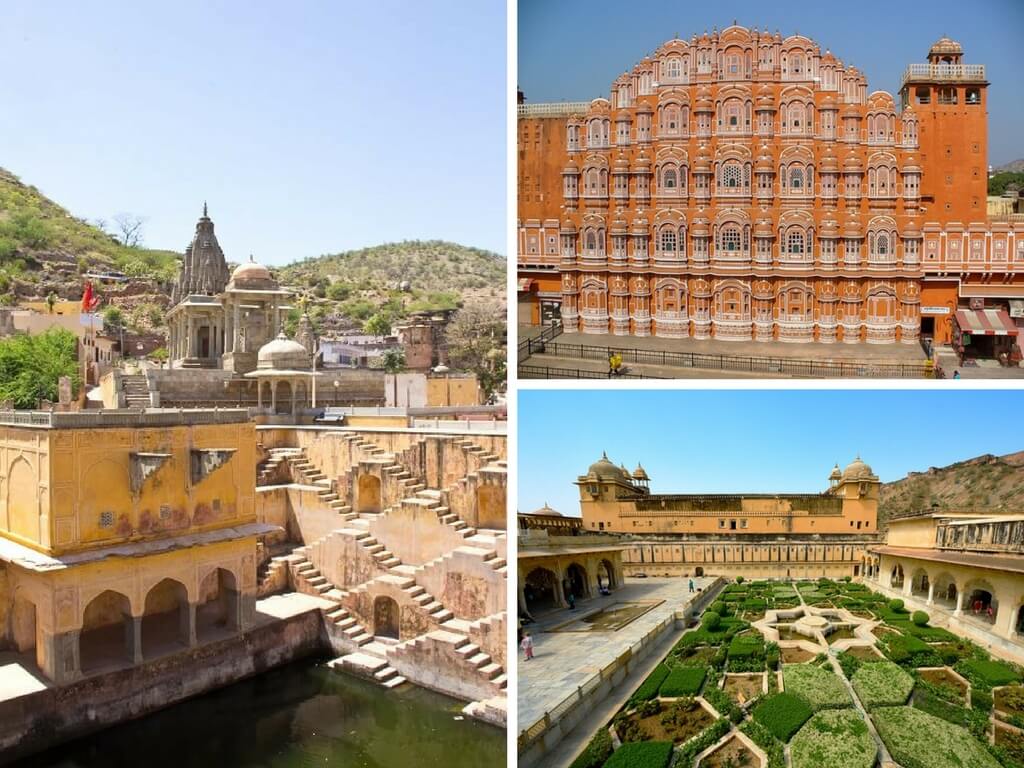
Clockwise from left: Panna Meena Baori, Hawa Mahal, Amber Fort
Day 3/ Jaipur
Reserve the next day for a food and shopping adventure. Sign up for lunch at a local Rajput home, Haveli Mandawa, where the erstwhile royals introduce you the local ingredients and methods of cooking on woodfire – a desert cookout, if you will. After this, head to the old city to climb, Isarlat – the tallest tower of the area. A 360-degree view of the pink tinged city and the streets criss-crossing below is a great way to prepare yourself for the chaos below. In the market, peek into old shops selling the Jaipuri razai (cotton stuffed quilt) or pick trinkets from silver doused shops. Here, you can also see old timers selling chaupar (a version of Ludo). At night, take a seat at LMB (Lakshmi Mishtan Bhadaar) for excellent local cuisine.
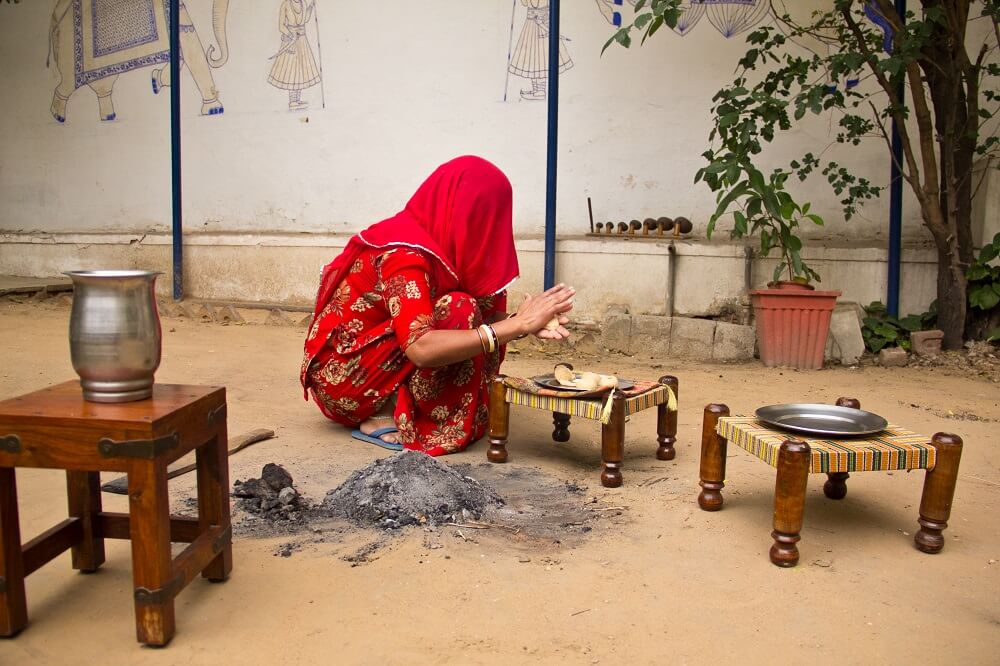
Local food being cooked on woodfire in Haveli Mandava
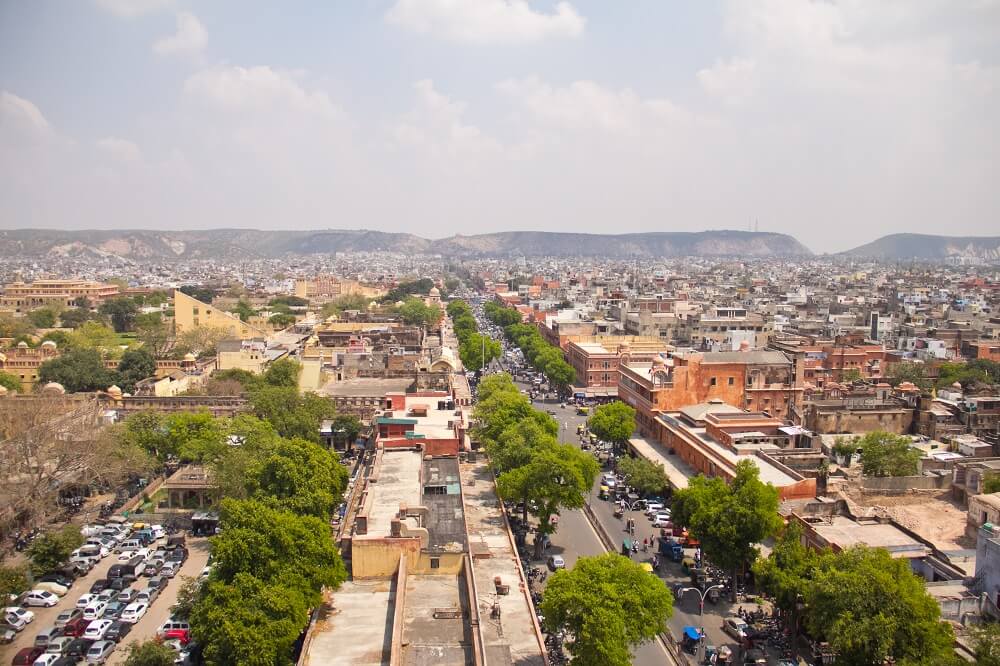
View from Isarlat
Day 4/ Jaipur
Should block printing interest you, keep this day to explore Sanganer, a satellite town that sustains with this art. Be back in town by 3.30pm to meet the monkey-man of Galta Ji, the resident hill temple of Jaipur. As the evening sets in and the clock strikes 4.30pm, the gang of monkeys at the famous Galta Ji temples seems to get anxious and frisky. They wait eagerly around the gate for Vijay Sharma to drag in his cycle, lumbering under the weight of two big bags full of watermelons, mangoes, grapes and other goodies. Sharma is the unofficial feeder of the monkey gangs since he was 14 – a designation that originated when he first started coming to the temple with his father to feed the monkeys. Sharma is now 56 and has been a key protagonist for several documentaries made on the topic.

View of the city from Galta Ji
Off the beaten trail
110km from Jaipur lies the surreal white stretch of barren land of the Sambhar Salt Lake. Salt reservoirs, canals and saltpans separated by narrow wedges make for the topography of the almost 80 sq km lake. If you see a tinge of pink, yellow or blue contrasted with the white of the backdrop, you should be assured these are not hallucinations; this is the water in the barge with algae, lending a unique colour and taste to the salt that is produced. The 1901-built railway line is still functional across the great white salt flat, India’s largest saline catchment of almost 230 sq km.
Day 5/ Jodhpur
The over 300 km from Jaipur to Jodhpur is best done by flight to optimise time. If you’re keen on watching local hamlets by the highway, then the road travel is recommended. The highways are smooth and lend themselves to a great road journey. The highlight for Jodhpur is the hilltop fortress of Mehrangarh. Keep this for Day 2 of Jodhpur, as you’ll need ample time to explore it. Instead, head to Rao Jodha Desert Rock Park at the base. The park was curated a decade ago, to restore the natural ecology of a large, rocky wasteland. Guided walks through the park are an excellent way to understand local ecology. End the day with Jaswant Thada, a grand cenotaph built in 1899 by Maharaja Sardar Singh.
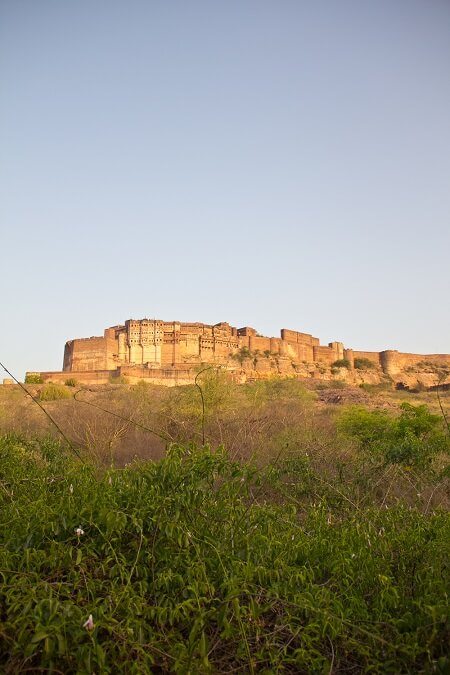
View of Mehrangarh from Rao Jodha Park
Day 6/ Jodhpur
Keep at least half a day to explore the 15th century imposing Mehrangarh fort. A well-instructed audio guide apart, the fort also offers an exciting zip lining experience. Also, walk around the back of the fort to the Chamundeshwari Temple, royal canons and to see the Mehrangarh brass band practice for special occasions. The afternoon ritual of cheel chugana (feeding the kites) is a one of a kind experience. The galleries of the fort take you through the chapters in history of Rajasthan. Later in the day, take time from the Blue City Walks, to take you for a long easy stroll through the zigzagging network of streets in the old part of town. Local shrines, community bird feeds, homes that open their kitchens to travellers and seeing this part of town, awashed in blue, holds a special charm. If you get time, do not miss climbing the top floor of the Clock Tower to unplug from the din and get some great photographs from this vantage point.
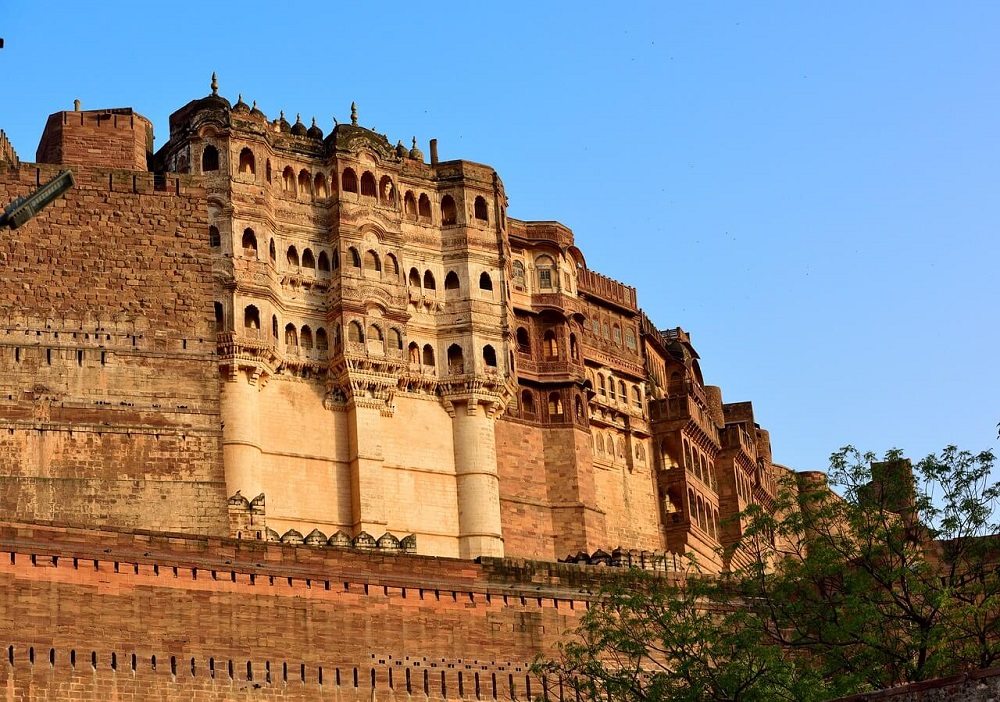
Mehrangarh Fort
Day 7/ Jaisalmer
Fly to Jaisalmer, moving westwards to the legit desert location of the state – Jaisalmer. Drive right to the Sam Dunes to check-in at a camp for a rather touristy, but fun experience, of staying overnight in luxury desert camps. After resting, use the evening for a ‘under the stars’ night of local dance and music. Camel caravans are commonly seen here with these tall patient herbivores gracefully maneuvering the dunes, watching the path in the distance through their long eyelashes.
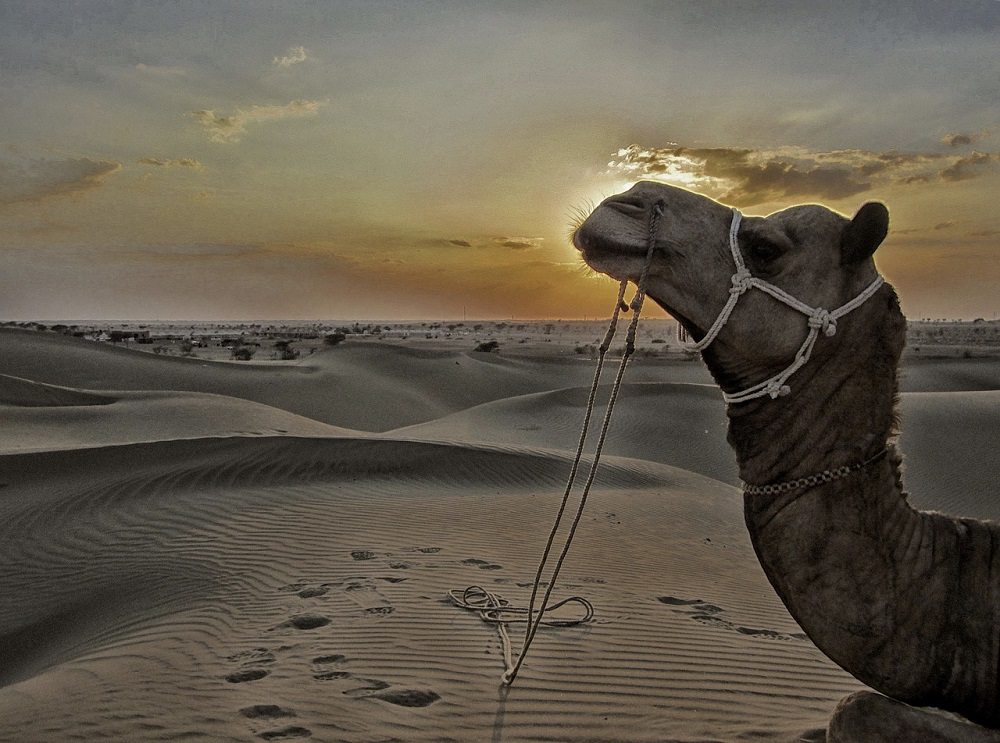
Day 8/ Jaisalmer
Next day, use the first half for seeing the wonderful mud-coloured Jaisalmer fort. It is still one of the fully preserved fortified cities of the world and accredited by UNESCO as a World Heritage Site. Later, fly to Udaipur.
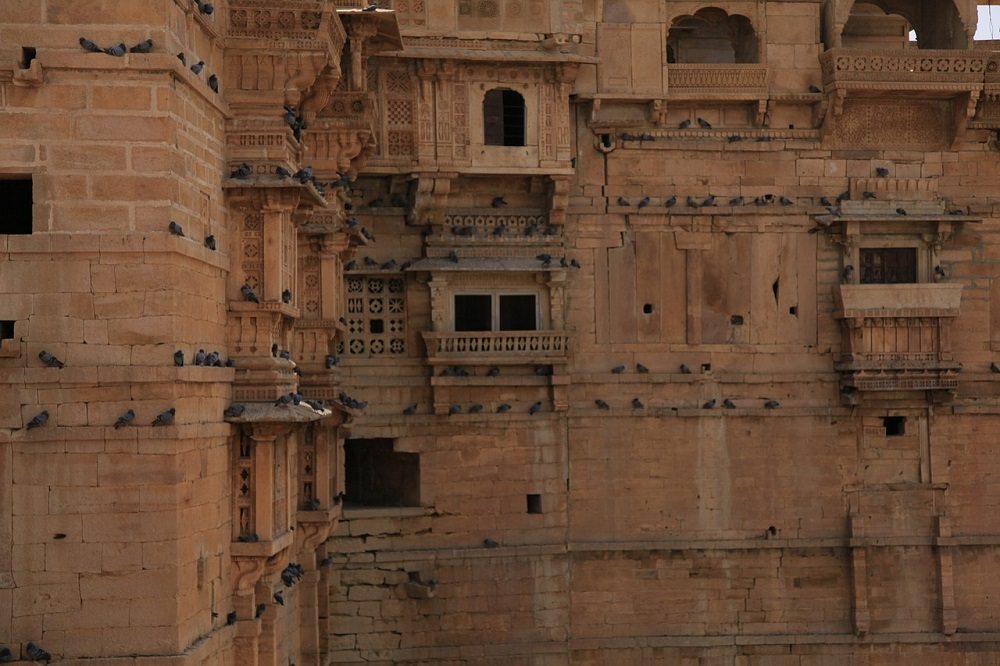
Day 9/ Udaipur
Compared to the honey-toned sand dunes of Jaisalmer, Udaipur will look like an oasis. Afterall, it does have a central water body, the Lake Pichola, and a tinge of green to complement it. Around the lake, is a clutch of old havelis, now fashioned into heritage hotels, each with a terrace restaurant that looks over the lake. In the centre of the lake is the enticing Taj Lake Palace, which also doubled up as a set for the Bond film, Octopussy. In fact, many such locations are often pointed out to travellers during their stay. On this day, missing the City Palace and its many galleries will be heretical. Keep some time for a cultural show in the evening at Bagore ki haveli and pre-book dinner at Ambrai restaurant for a meal with a lit-up view of the City Palace.
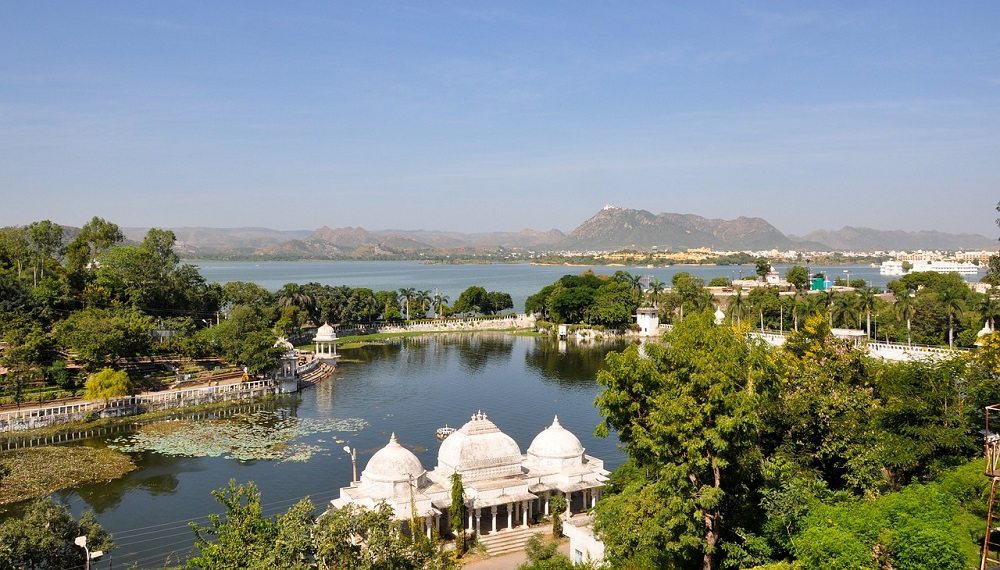
Lake Pichola
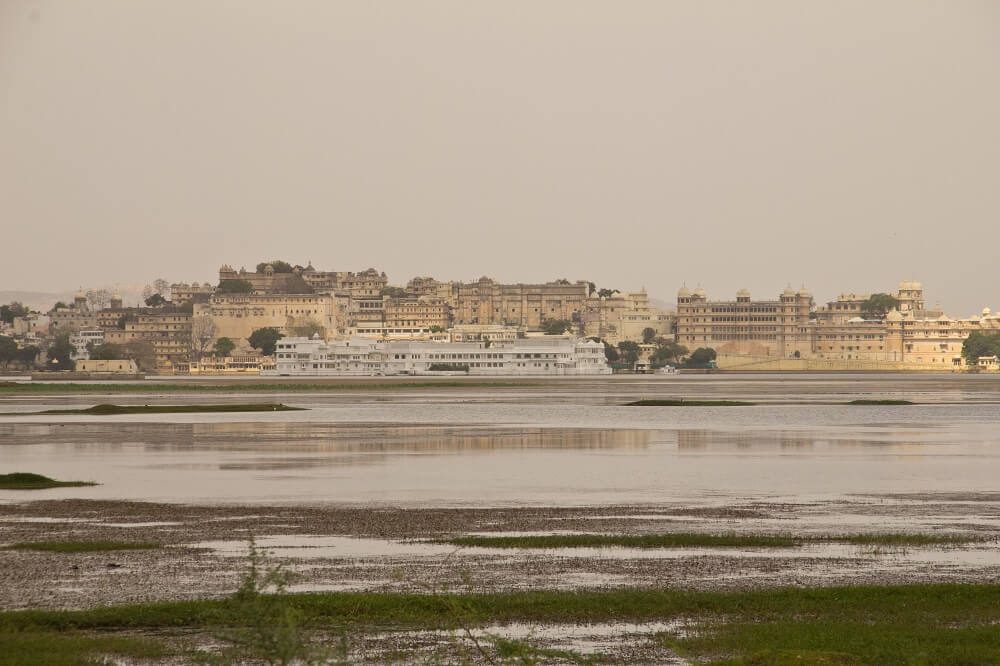
City Palace, Udaipur
Day 10/Udaipur
Use the morning to drive to Sajjangarh, the monsoon palace of the royal family. This was built by Maharana Sajjan Singh in the late 19th century. The fort evades a packed to the brim museum-esque vibe as other places, and instead concentrates on awarding you the view of the entire Udaipur city. Before the Sajjan Garh fort starts emerging in front of you, a small path cuts to the right in the heart of the valley. A small board announces the beginning of a 2.7 kms trail for hikers and horse-riders. Leave for Delhi, later in the afternoon by flight.
Art of Bicycle Trips
The Bangalore-based outfit, Art of Bicycle Trip has meticulously planned, self-recced, customized trips for cycling enthusiasts. Let the word ‘cycling’ not discourage you, as the trips are for easy riders and experts, depends on what you want to choose, with a backup van for the long trips, that you can hop onto. While the half-day Udaipur orientation trip is a good one to start with, it is the Ranakpur trip that travellers seem to love. Reserve one whole day for a slow paced ride through the valleys of the billion years old Aravallis to the famous Jain temple at Ranakpur. This one covers the pale brown ravines of the mountains, and is dotted with marvelous countryside views, a peek into small villages, unmatchable historic sites and the fun of riding a cycle to take in much more than a quick drive.
PIN IT FOR LATER

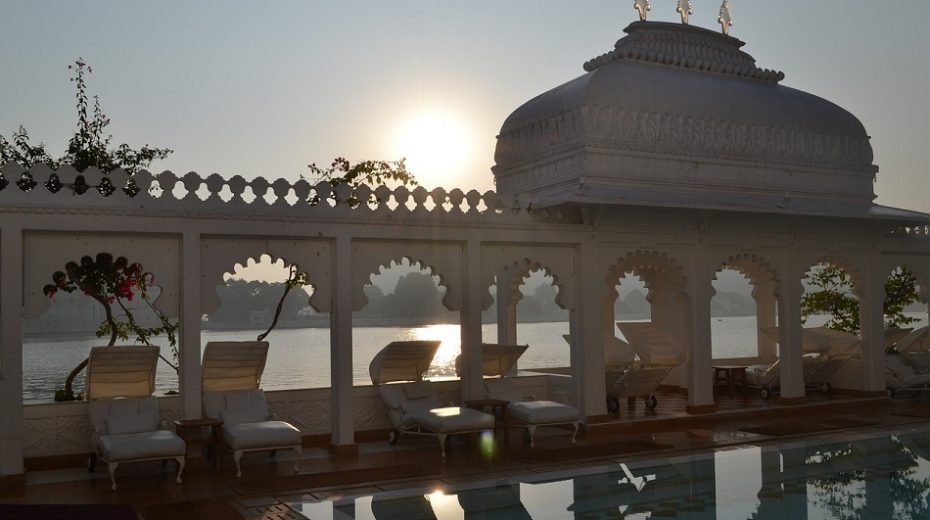

Add a Comment